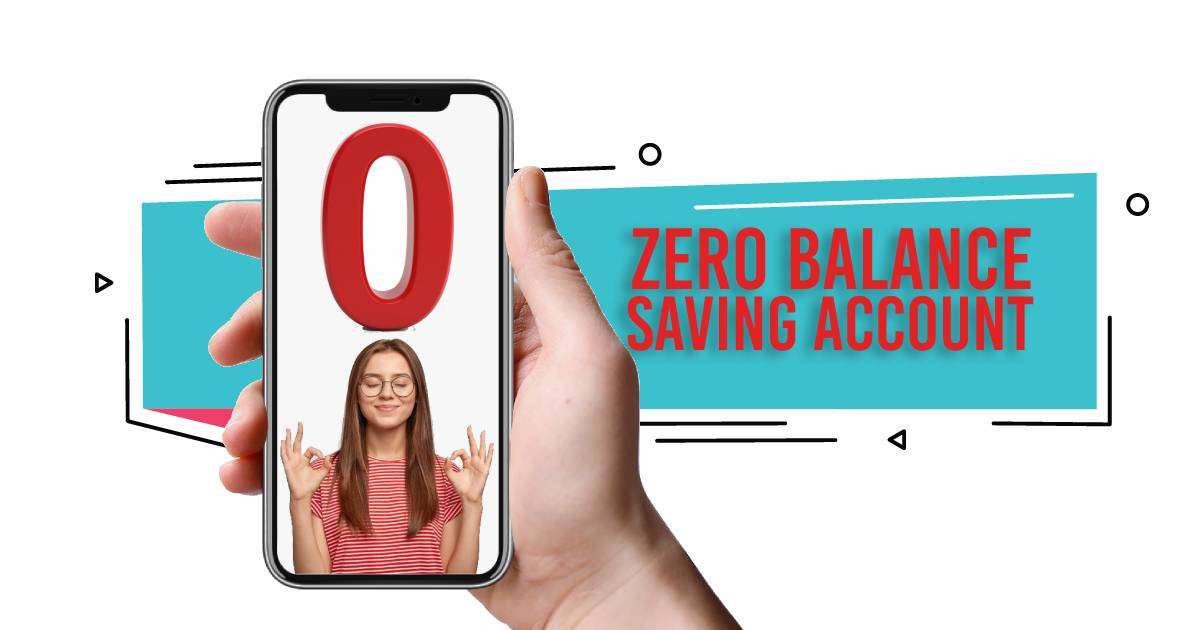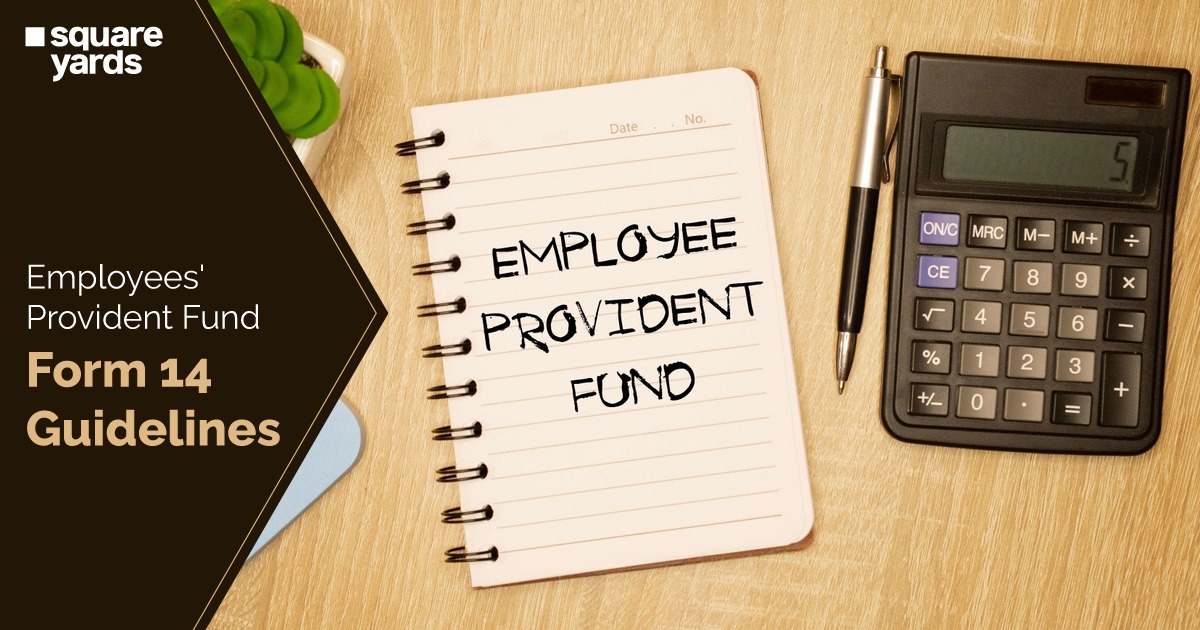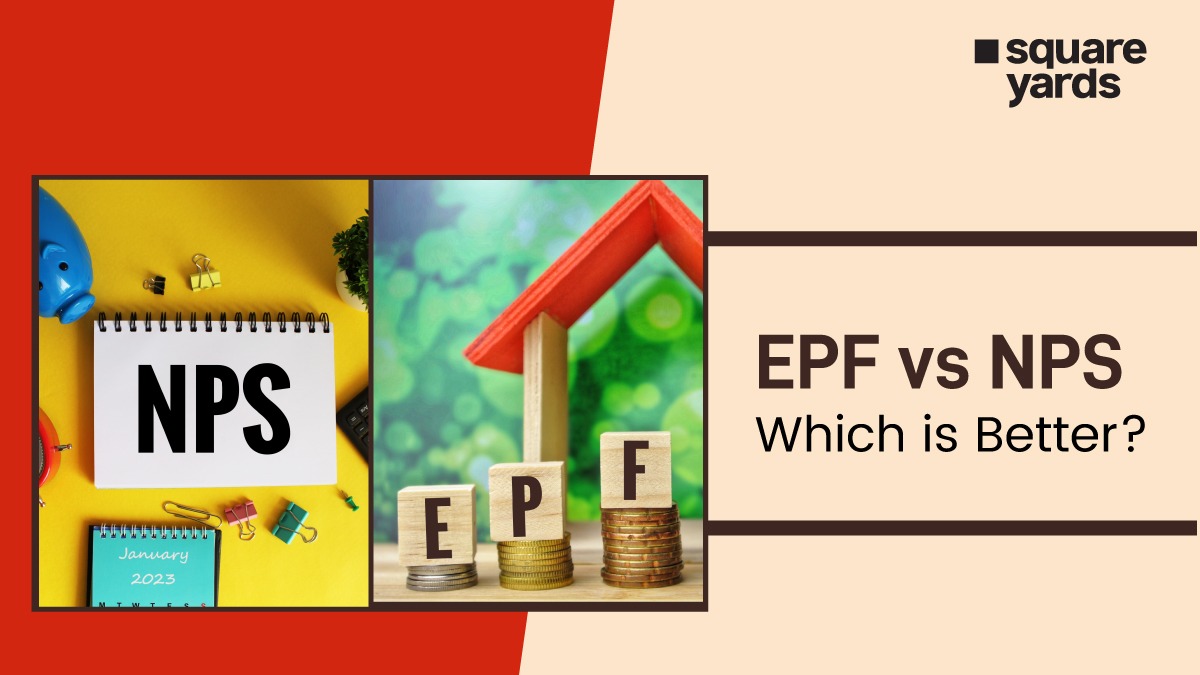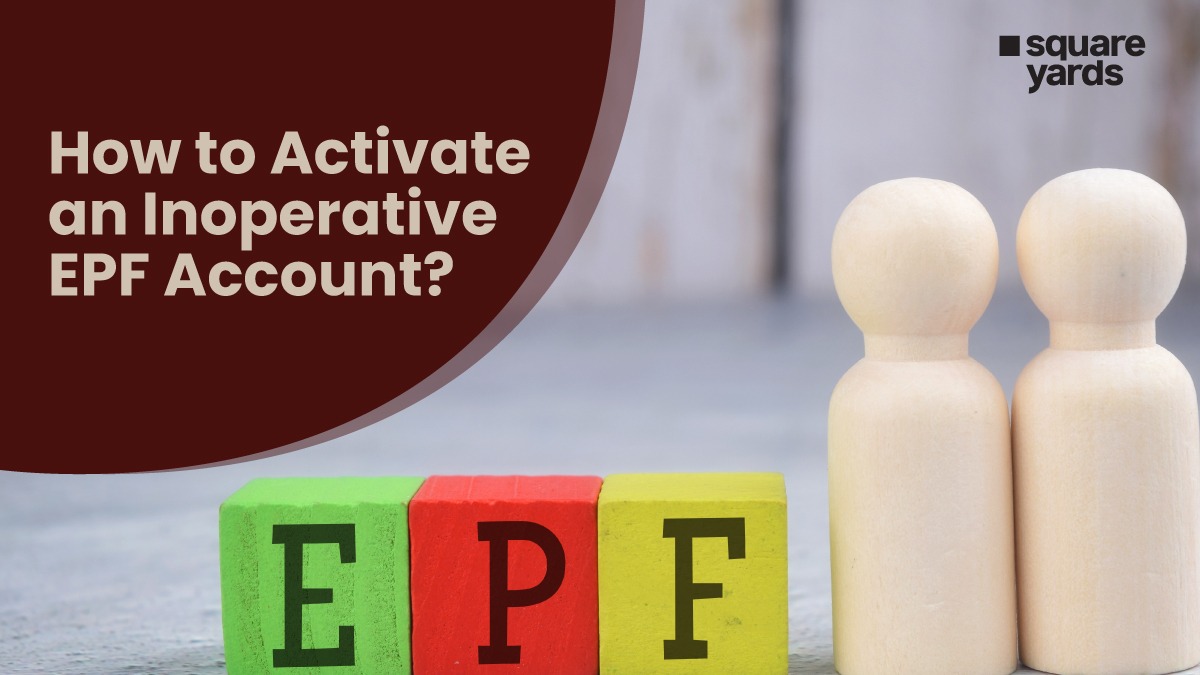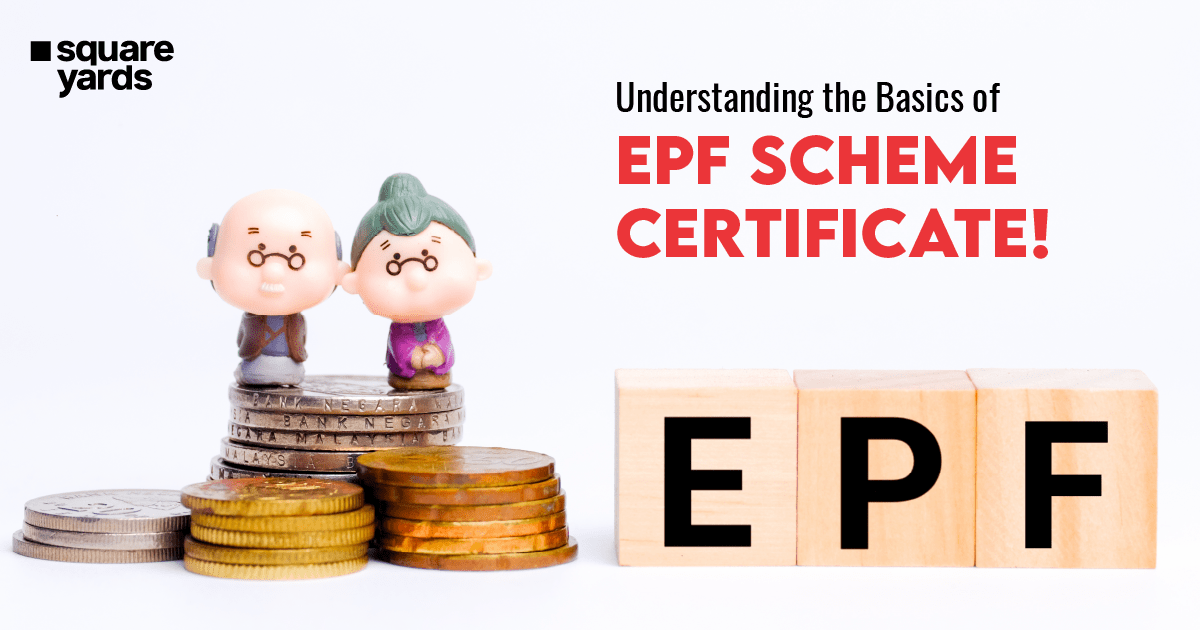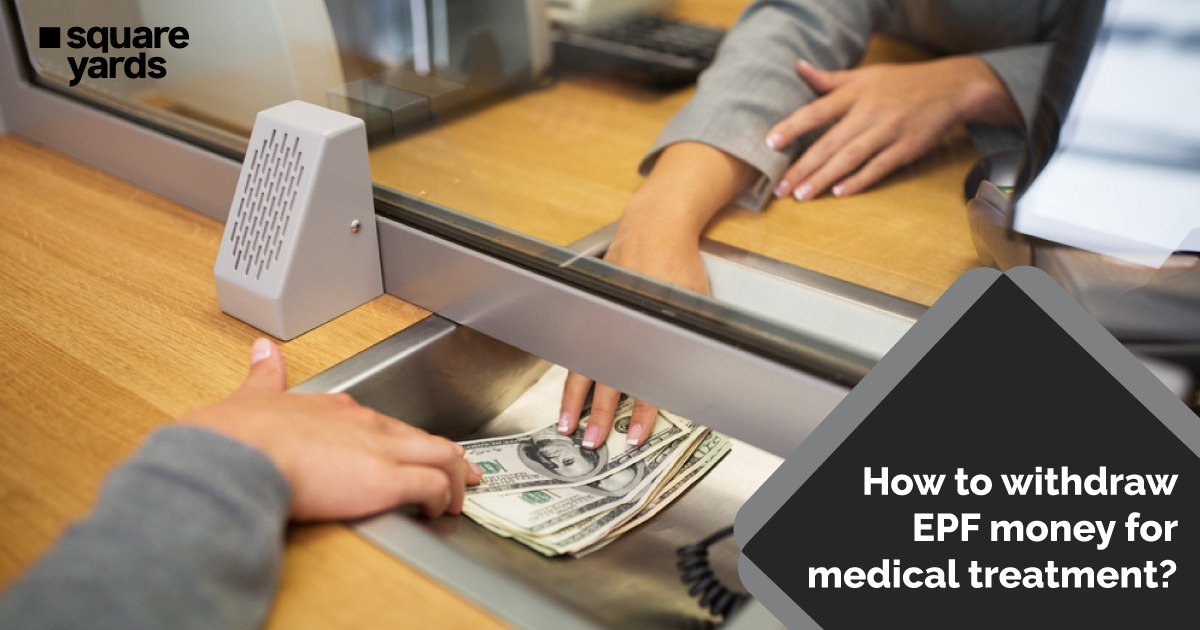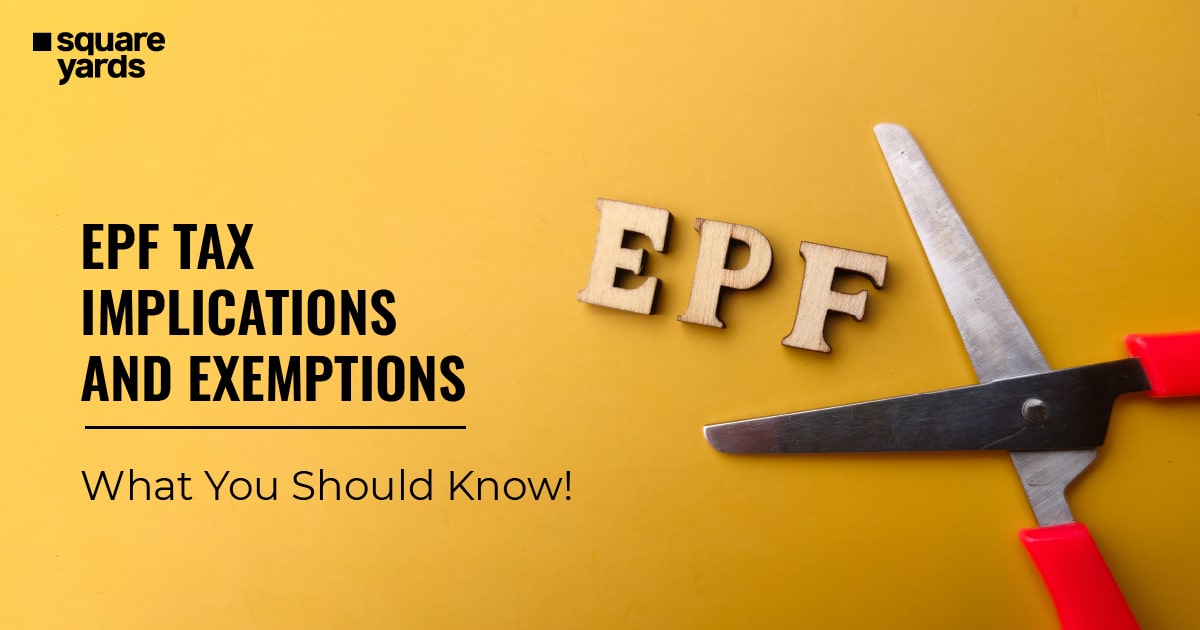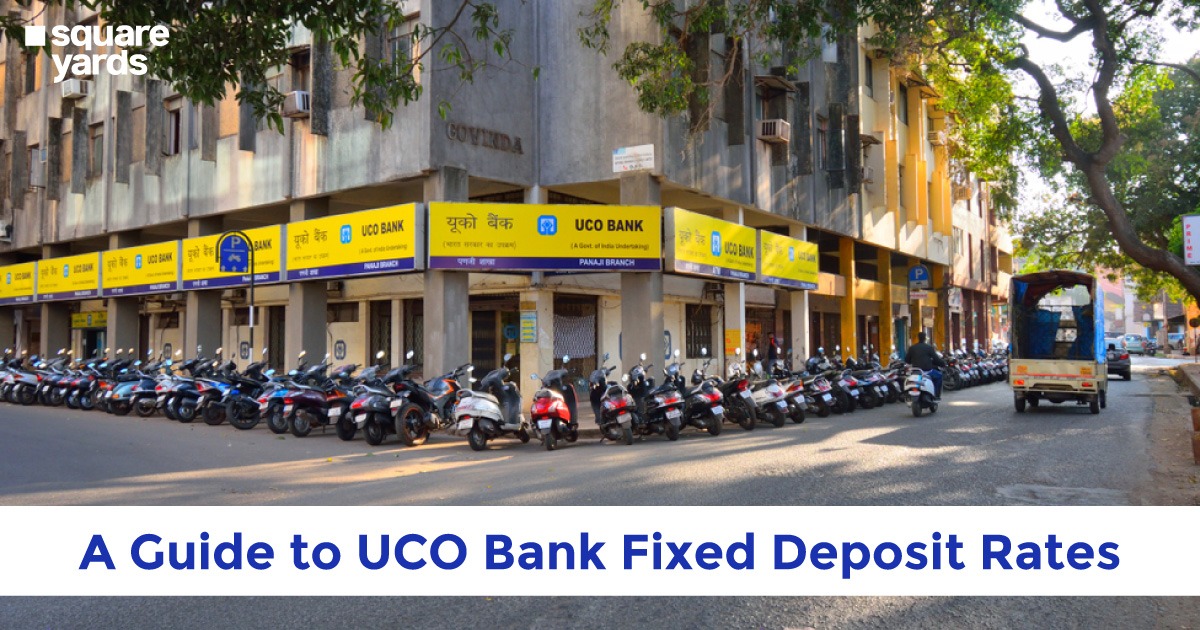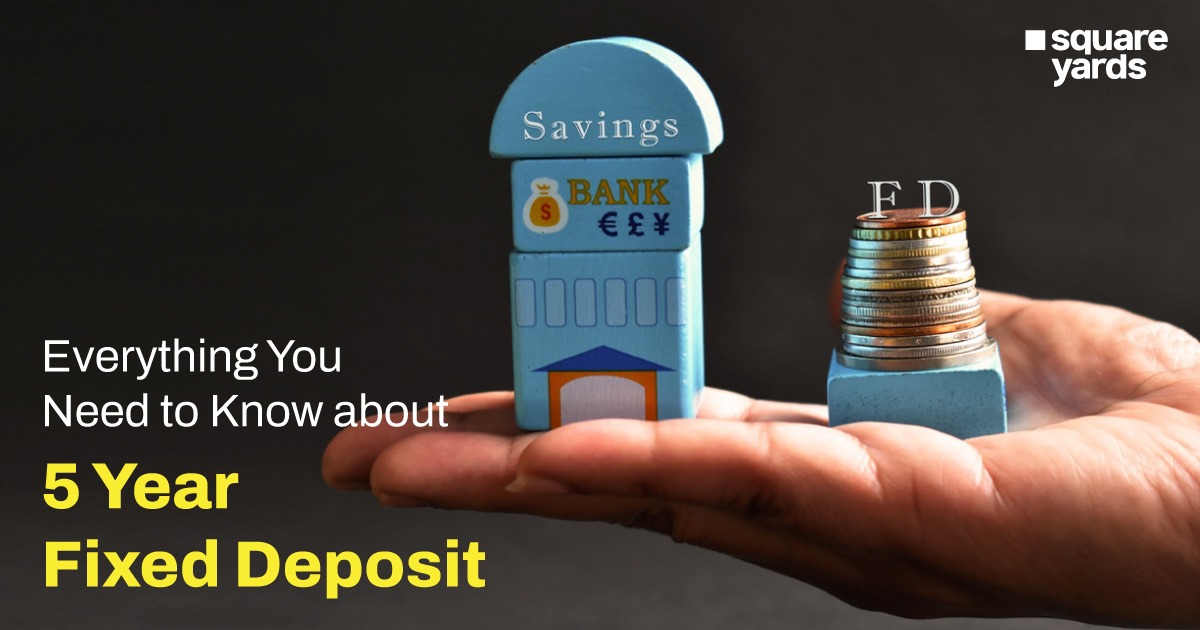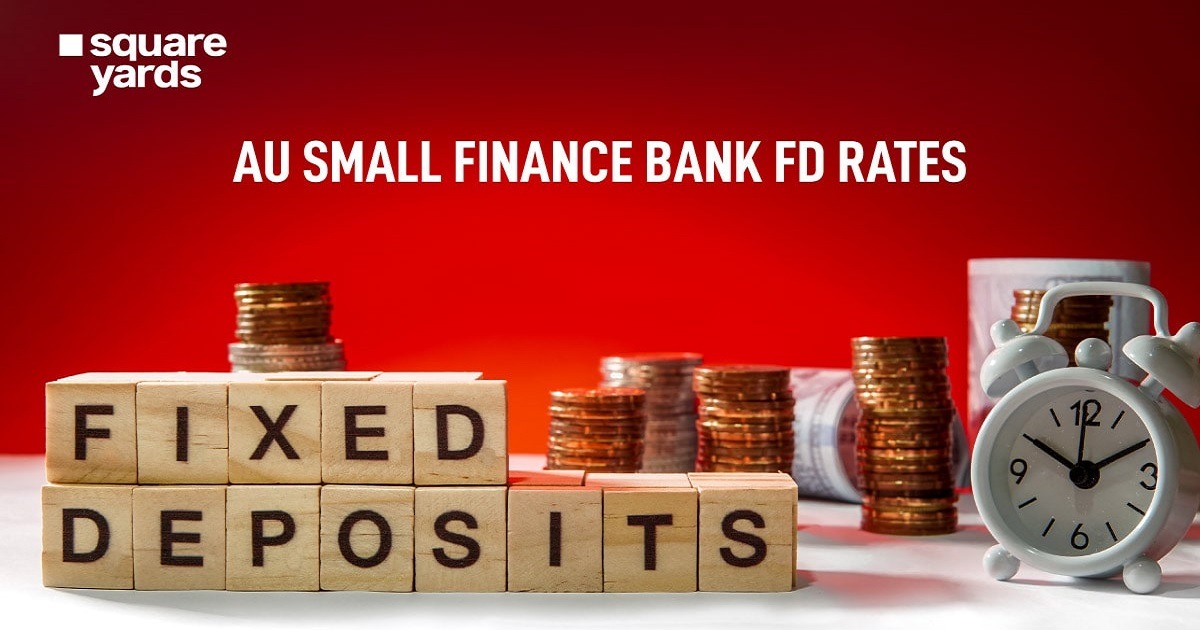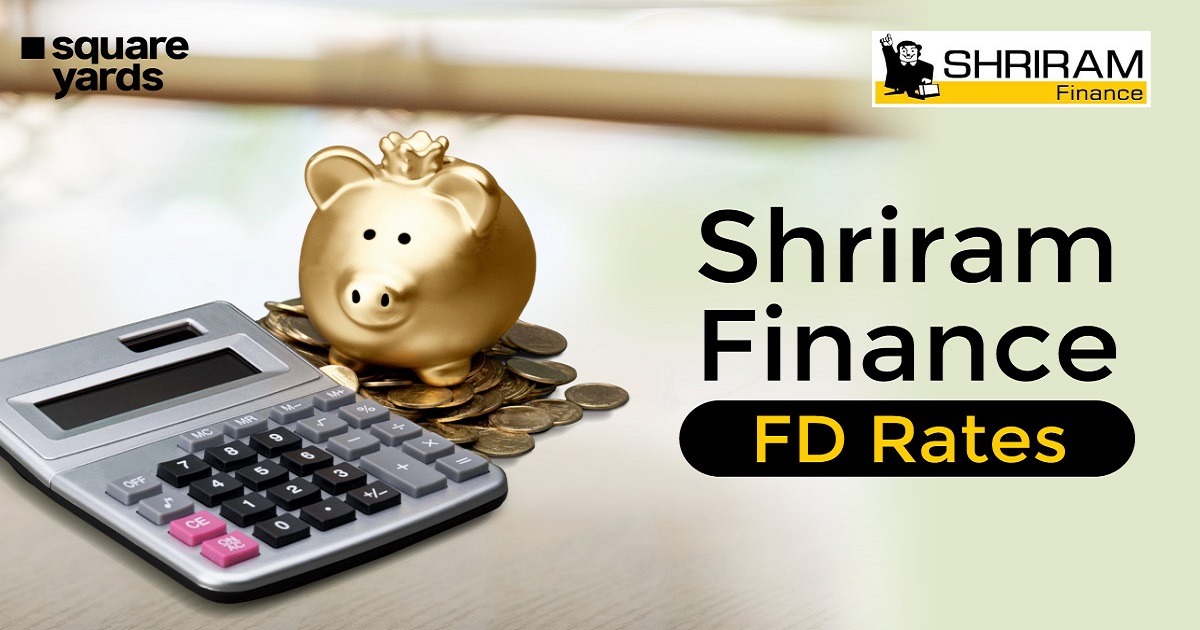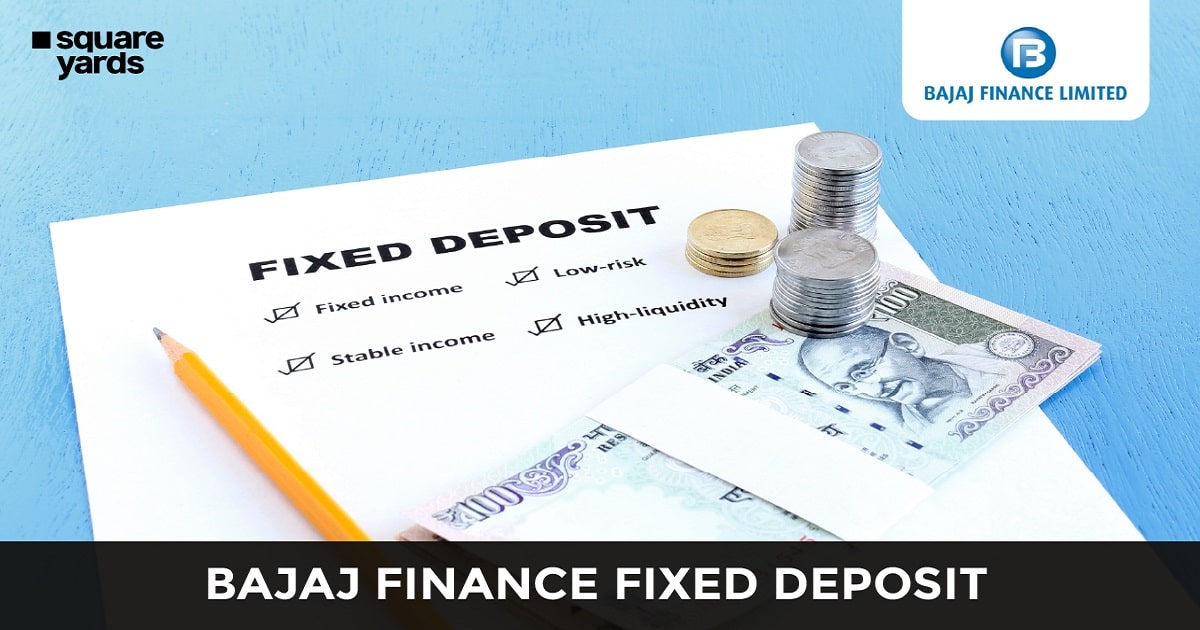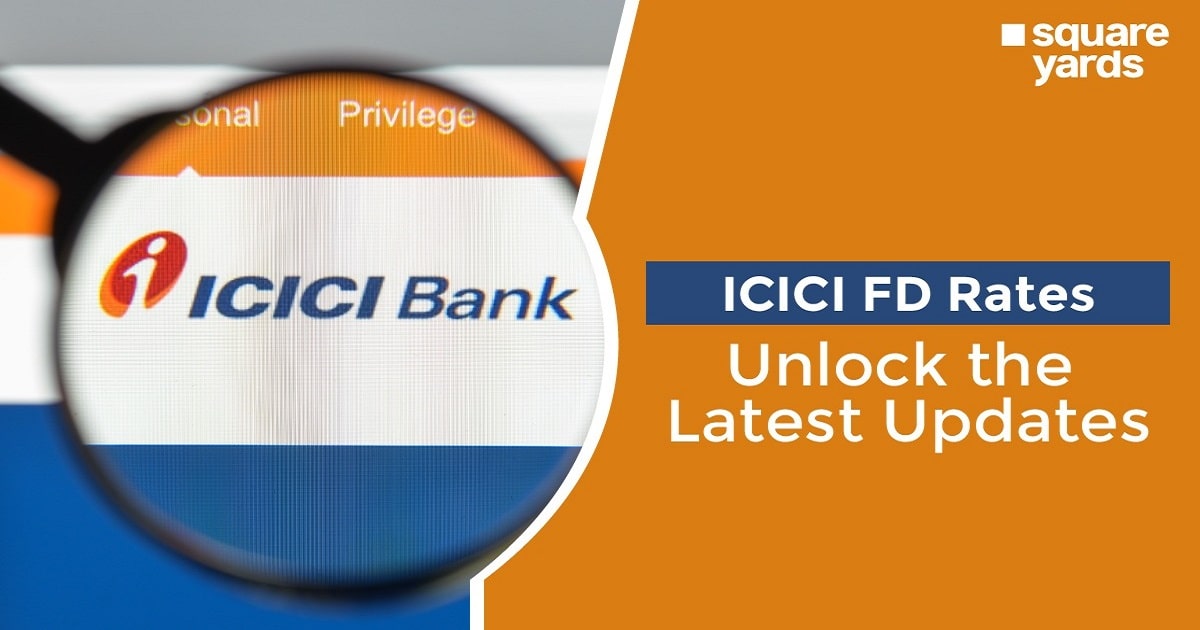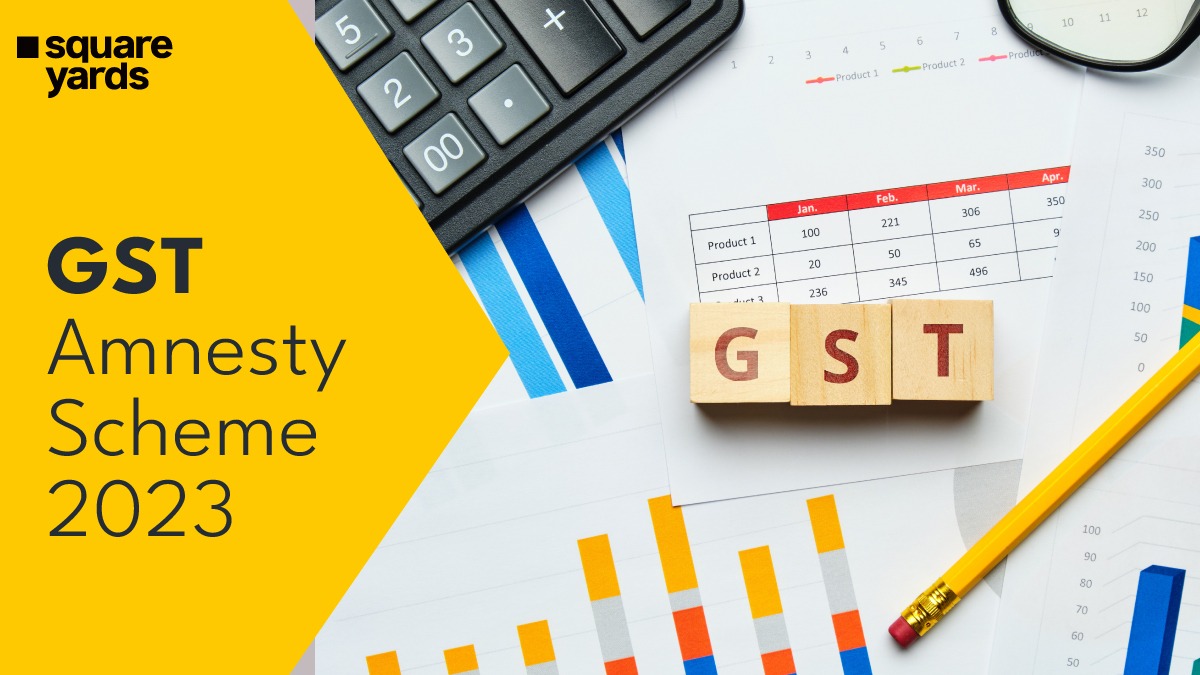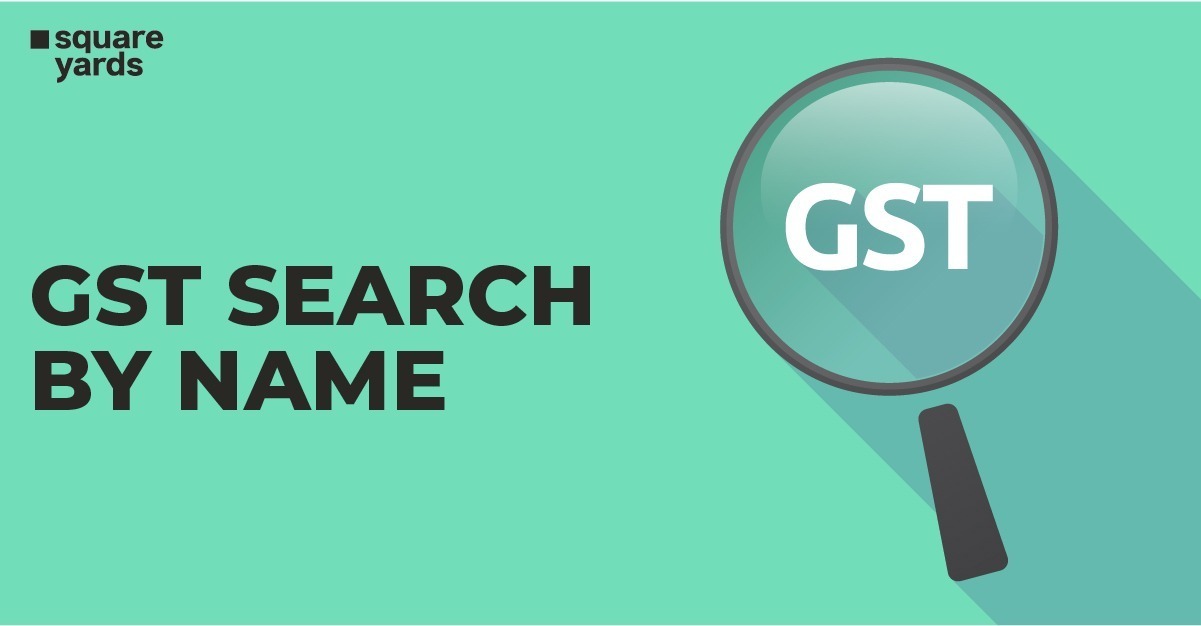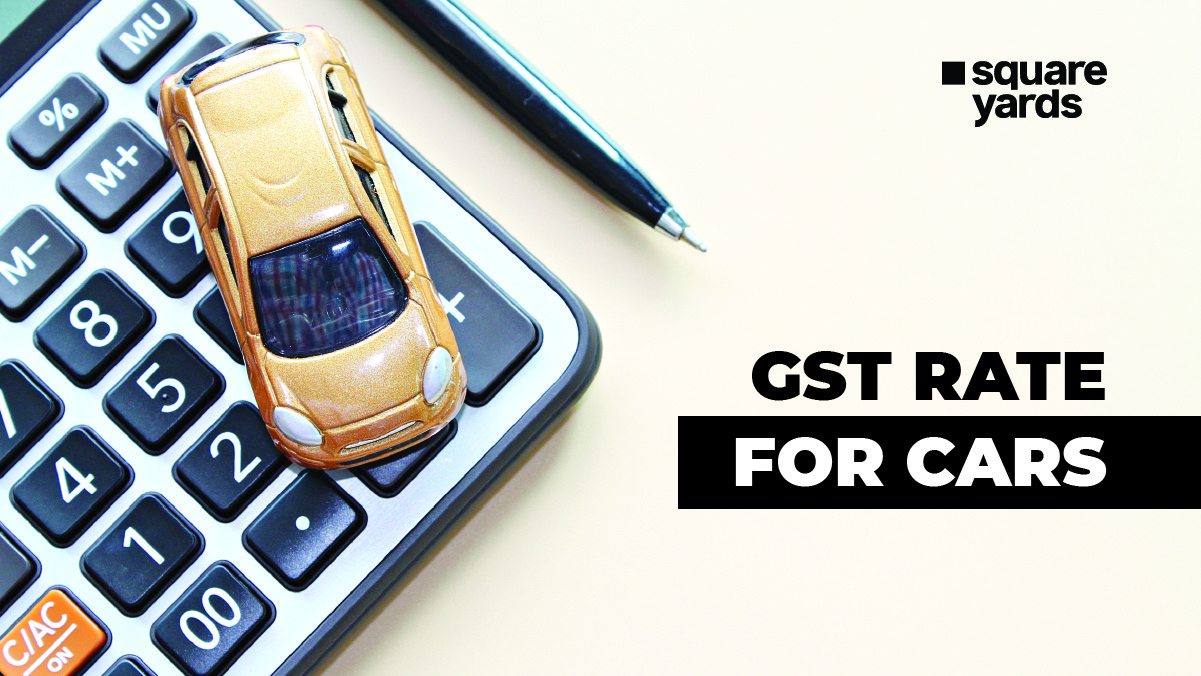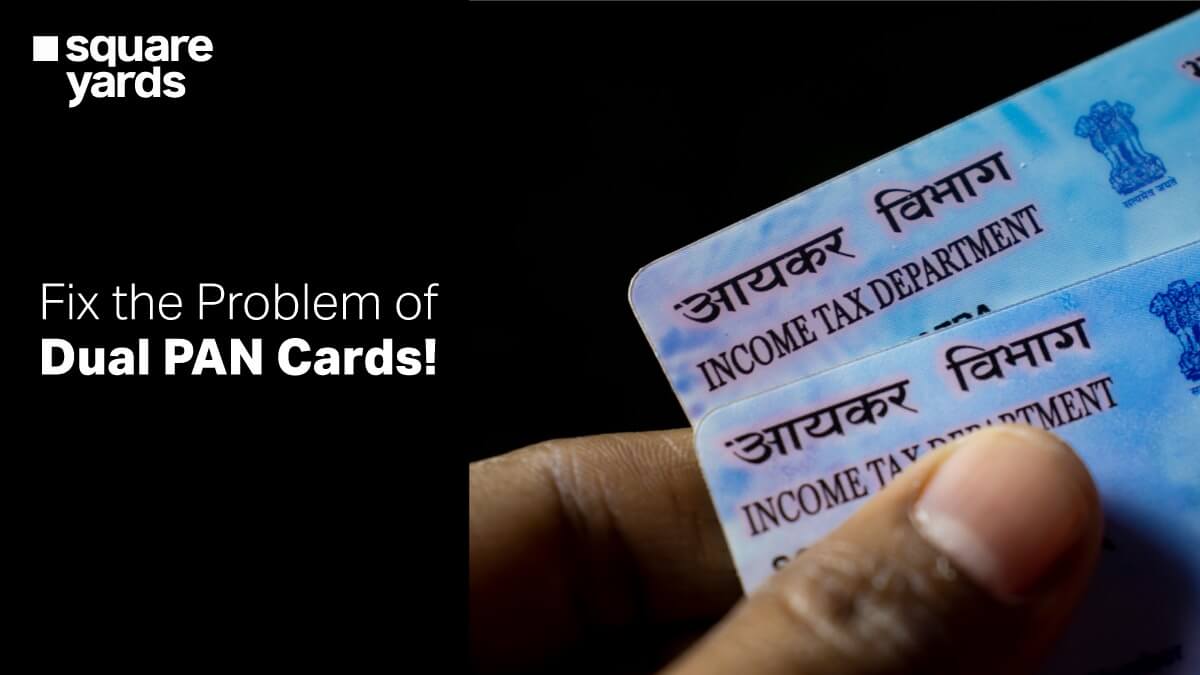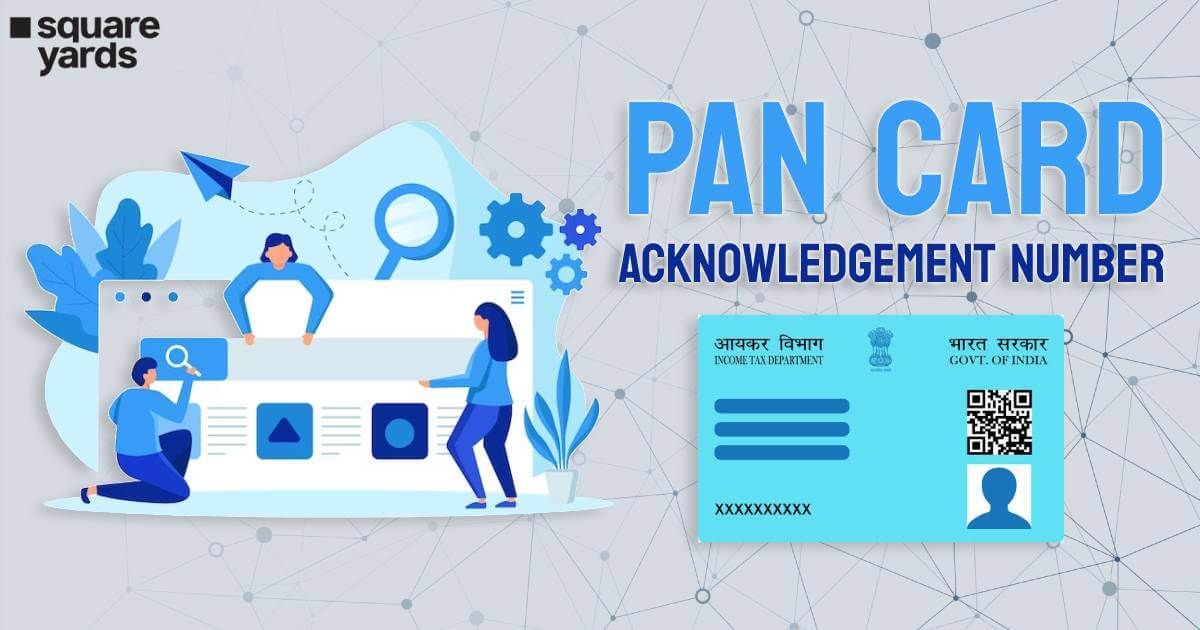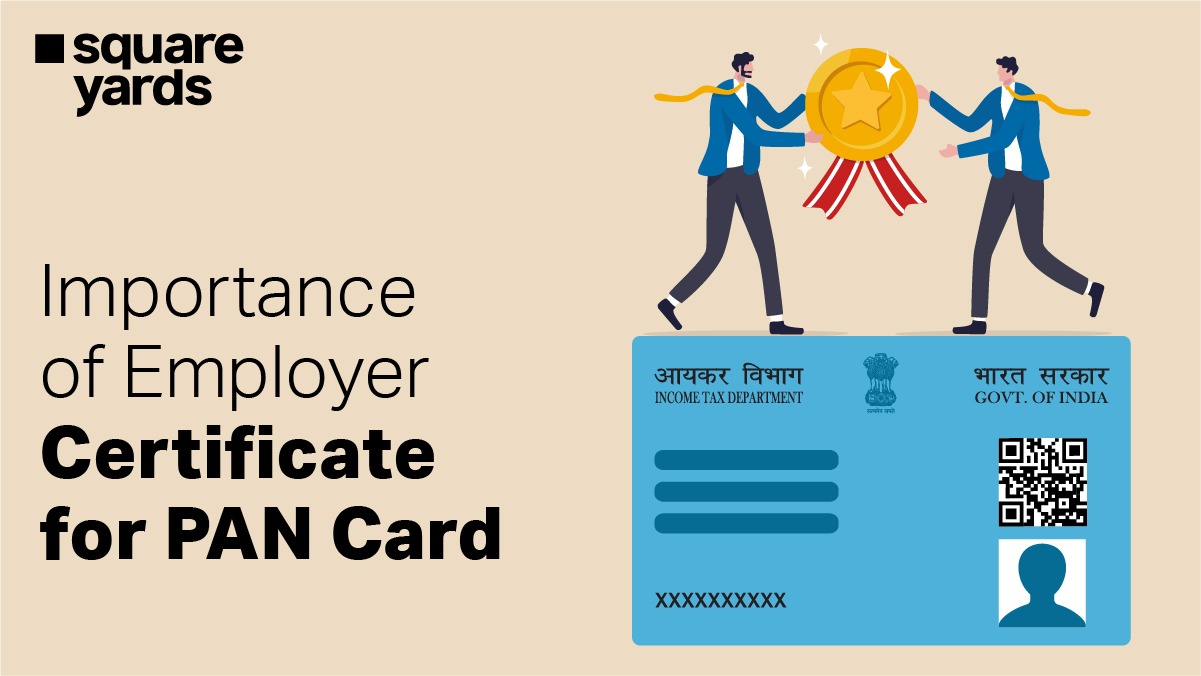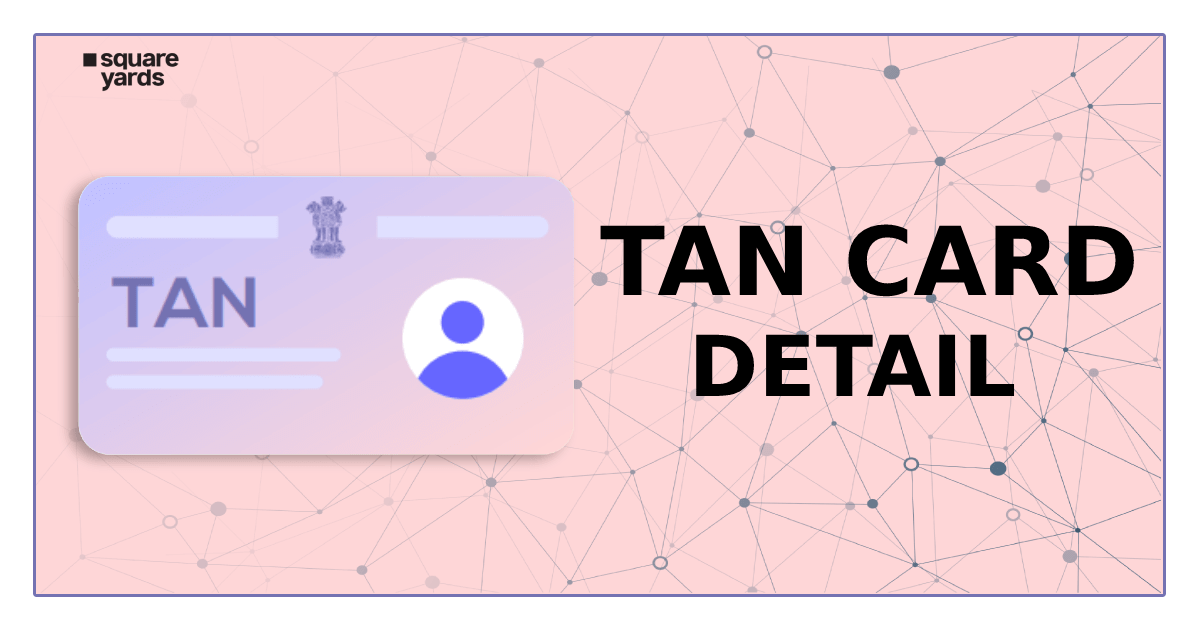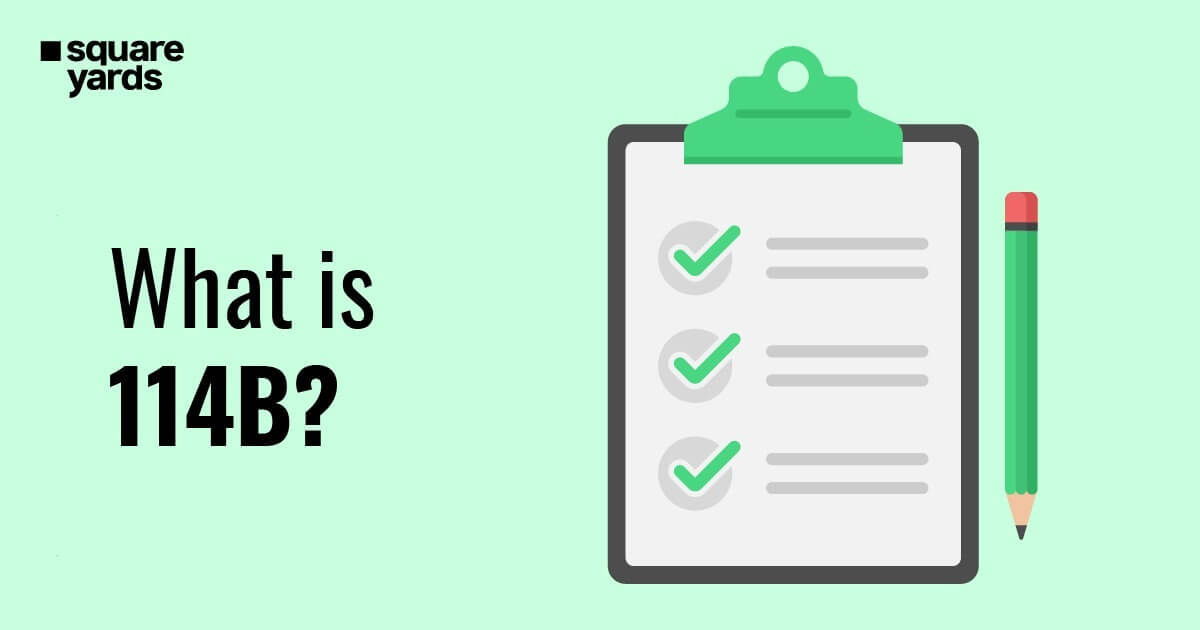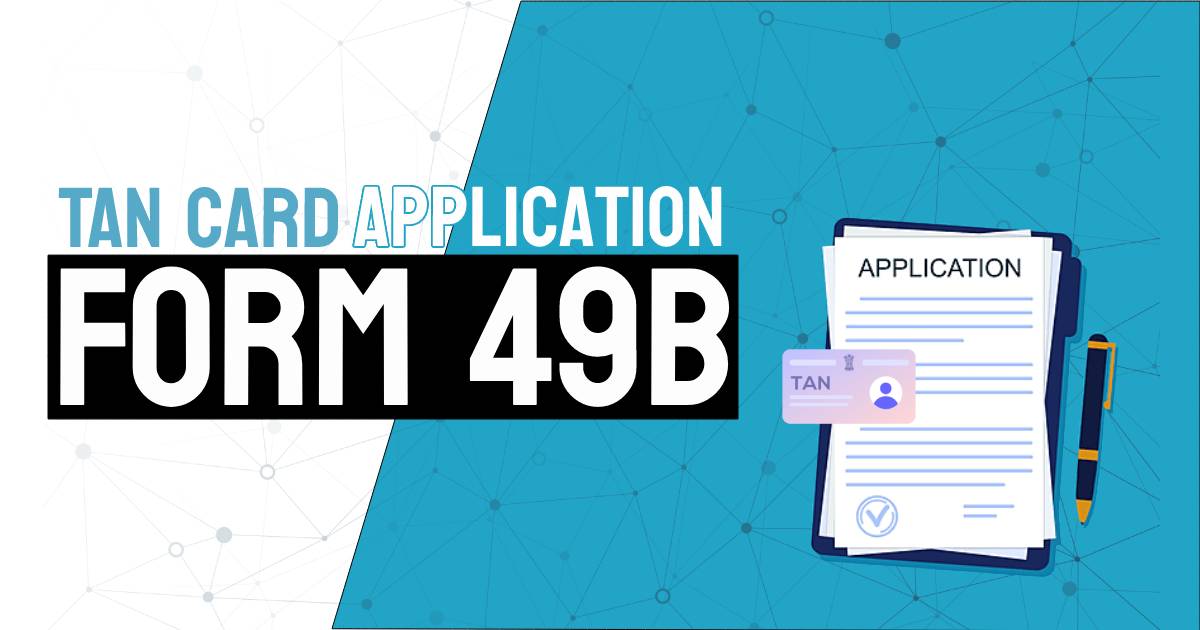When it comes to banking products, a zero balance savings account is the most sought after product that has been gaining popularity over the time. Usually, when you own a savings account, maintaining a minimum balance is the basic requirement for most of the banks out there.
But this is not the case with zero balance account.
Stay tuned to know more!
Table of contents
- What is a Zero Balance Saving Account?
- Zero Balance Savings Account – Pradhan Mantri Jan Dhan Yojana
- Which Bank is Best for a Zero Balance Saving Account?
- How to Open a Zero Balance Saving Account?
- Document Requirement for Zero Balance Saving Account
- Eligibility Zero Balance Saving Account
- Are There Any Charges for A Zero Balance Account?
- Pros and Cons of a Zero Balance Account
- Check The Advantages and Disadvantages Of Zero Balance Account
- Frequently Asked Questions (FAQ’s)
What is a Zero Balance Saving Account?
A savings account where you don’t have to maintain any minimum balance is referred to as a zero balance savings account. In other words, a savings account where your minimum balance is ZERO is called a zero balance saving account. Also, there are no penalties.
For most people, it is quite tough to maintain a certain minimum balance always in the account. Therefore, the majority of banks allow their respective customers to open a zero balance account.
In 2014, Prime Minister Narendra Modi launched a policy in which citizens of India can open a zero saving balance account. It is known as “Pradhan Mantri Jan-Dhan Yojana (P.M.J.D.Y).”
Let’s move ahead and learn more about it.
Zero Balance Savings Account – Pradhan Mantri Jan Dhan Yojana
It is a great initiative taken by our Prime Minister Narendra Modi as it gives many people a chance to open a savings account with zero balance in any bank. Though many banks offered the same chance to all, the benefits and opportunities were not reachable to all. Pradhan Mantri Jan-Dhan Yojana (P.M.J.D.Y) scheme helps in achieving the target and now almost more than 90% of Indian citizens have their zero balance savings account open. Under the Pradhan Mantri Jan-Dhan Yojana (P.M.J.D.Y) scheme no one needs any KYC documents as all will be done with their signature and fingerprint.
Here are some more benefits of Pradhan Mantri Jan-Dhan Yojana (P.M.J.D.Y).
- There is no requirement to maintain any minimum balance.
- All customers are eligible for accident insurance up to Rs. 1 lakh.
- In case, a customer has subscribed to Government schemes then he or she can avail the direct advantage transfer with their zero balance saving account.
- After holding the zero balance account for 6 months, all customers can enjoy the perks of the overdraft facility.
- Customers will get a FREE RuPay debit card.
- No charges for ATM debit cards.
- Customers will get a free cheque book and a passbook while opening the zero balance account.
- Free net banking.
- Can become a salary account.
- No cash transaction fee whether on deposit or withdrawal.
- NEFT and RTGS are free.
- Locker facility is also available for all.
Now, we will compare the benefits of zero saving accounts of different banks. Here is the table, let’s start:-
| Banks | Perks of Opening a Zero Account here |
| ICICI Zero Balance Account |
|
| HDFC Zero Balance Account |
|
| SBI Zero Balance Account |
|
| Axis Zero Balance Account |
|
| Indusind Zero Balance Account |
|
| IDFC Zero Balance Account |
|
| RBL Zero Balance Account |
|
| Standard Chartered Zero Balance Account |
|
| Kotak Mahindra Zero Balance Account(Kotak 811) |
|
Which Bank is Best for a Zero Balance Saving Account?
To understand better let’s see another table and know the latest interest rate on zero saving accounts of different banks. It will help in making a better decision about which bank you should open your zero-balance account.
| Bank | Name of zero-balance savings account | Interest rate |
| ICICI Bank | Basic Savings Account | 3.50% to 4% |
| HDFC Bank | Basic Savings Bank Deposit Account | 3.50% to 4% |
| SBI Bank | Basic Savings Bank Deposit Account | 3% to 3.25% |
| Axis Bank | Basic Savings Account | 3.50% to 4% |
| Indusind Bank | Indus Small Savings Account | 4% to 6% |
| IDFC Bank | Digital Savings Account | 6% to 7% |
| RBL Bank | Digital Savings Account | 5% to 6.75% |
| Standard Chartered Bank | Basic Savings Account | 5% to 6.75% |
| Kotak Mahindra Bank | 811 | 5% to 6.75% |
We hope you have compared all the banks as per the perks they are offering and the interest rate and have finalized a bank to open your zero-saving account. Thus, it is time to know how one can open a zero-balance account.
How to Open a Zero Balance Saving Account?
Anyone can open a zero-balance account. They just have to fill the basic requirements, the eligibility criteria, and some important documents.
Document Requirement for Zero Balance Saving Account
The two main documents required to open a zero-balance account are – Identity proof and address proof.
Identity proofs – You can use the following identity proofs for opening a zero-balance account.
- Aadhaar card
- Indian passport
- Electoral Photo Identity Card (EPIC)
- Permanent account number (PAN) card (income tax)
- Driving license in India
- Gas Connection Bill
- Ration Card
- Bank/ Kisan/ Post Office Passbooks
- Pensioner Photo Card
- Unique Disability ID (UDID) Card
- Address proofs – Here is the list of primary acceptable address proofs in banks.
· Valid Passport
· Voter’s Identity Card
· Permanent Driving License
· Aadhaar
· PAN Card
Eligibility Zero Balance Saving Account
Here is the eligibility criteria for opening a zero balance account.
- Indian Resident
- Hindu Undivided Families
- Customers should not have an existing BSBD Account with any other Bank.
- Customers should not be holding any other Savings account with same Bank.
- Minor above the age of 10 years are eligible to open an account and an ATM/Debit card can be issued to the Minor.
Are There Any Charges for A Zero Balance Account?
It’s a zero balance saving account, thus, three is no need to deposit any initial amount in the account. Also, there is no requirement to maintain some minimum balance because “zero” will always be the minimum balance in such accounts. Thus, the bank won’t charge you any penalties for not maintaining a minimum balance.
Pros and Cons of a Zero Balance Account
Let’s explore the pros and cons of having a zero balance account.
Pros:
Easy to Open – To open a zero saving account you don’t have to go to your bank. You can open a zero balance saving account online as well because many banks offer online and home services. You can also visit the bank’s website and fill the form, upload the essential details (information about PAN Card and Aadhar), and now you have successfully set up your account. You will be given the option to set the PIN. After doing that your account is ready for use. Soon, you will also get your passbook and cheque book, debit card, or virtual debit card.
Non-KYC Balance Up to Rs 1 Lac – In zero balance savings account banks allow you to deposit and hold a specific amount of money, especially in new accounts. In fact, some of the zero balance accounts like the Kotak 811 savings account allow you to keep the savings balance up to Rs 1 lakh.
Up to Rs. 1 lakh is only allowed with no or partial KYC account. But if you want to deposit and keep more than Rs. 1 lakh then you have to visit your bank and change your account to another deposit account. You can enjoy the perks of different facilities like – checkbooks, physical debit cards (at your door), digital transactions, and much more.
High-Interest Rates – There is nothing to worry about zero savings account interest rates because every bank offers an interest rate on these accounts depending on the balance present in your account.
For example – Kotak 811 gives an interest rate of up to 4% on the amount saved in the zero-balance account. And for balances above 5 crores, they offer interest rates up to 5.5%.
No Transaction Charges – This is one of the best advantages of having a zero-balance account. You can withdraw, transfer, and deposit any amount of money without paying any extra transaction charges.
And apps like Kotak 811 allows you to send money or withdraw cash with just a few clicks. Also, they don’t use the usual ATM pin while making any online transaction. It uses an authentication password popularly known as mPIN for validating and confirming that it’s you.
Shopping is Fun – No one wants to compromise on shopping and entertainment thus zero balance account allows you to use virtual debit cards for the same purpose. You can shop anytime from any of your favourite apps like Amazon, Flipkart, Nykaa, Myntra, and so on. You can pay using Gpay, PhonePay, Paytm, or other apps.
Free IMPS and NEFT Transfer – IMPS and NEFT transfers are very popular and with zero saving account, you can enjoy the feasibility of withdrawing and depositing money instantly as there are no transaction charges involved.
Easy Scan and Easy Pay – Even with no hard cash you can pay your bills or for your shopping, your food just by scanning a QR code. You can scan any QR code authorized for charging money or accepting payment (for apps like Gpay, PhonePay, or Paytm).
Cons:
- People who are residents of India are only eligible to open a zero saving account.
- Non-resident Indians (NRIs) and Persons of Indian Origin (PIOs), are not eligible to open the zero saving account.
- Zero balance accounts can be open with minimum documentation, but throughout the financial year, the total credit amount in the savings account exceeds the limit of Rs. 1 lakh. Also, as per some banks, the limit of zero savings accounts must not exceed Rs. 50,000.
- If any of the customers are not able to make transactions in the zero savings account then the account will be deemed dormant. Therefore, the customer will not be allowed to carry out any ATM transactions, transactions using an internet banking facility, or phone banking facility.
- No foreign enclosures or transactions can be made into a zero-balance savings account.
Check The Advantages and Disadvantages Of Zero Balance Account
| Pros of Zero Savings Account | Cons of Zero Savings Account |
| Scan and pay anywhere and anytime | Only for Indian residents |
| Free IMPS and NEFT transactions. | Limit of cash deposit and savings amount |
| Zero transaction charges upon withdrawal and deposition of money into the account. | Deemed account for not using account for sometime. |
| High-interest rates | No foreign transactions |
| Easy access like – net banking, debit cards |
Let’s Wrap Up!
Whether it’s a zero savings account or other deposit account, having at least one is quite important in today’s digital world. And, yes there are some limitations with zero balance accounts but at least there is no pressure on you to maintain a minimum balance in your account. When you have enough savings you can anytime change your zero savings account into a full-time savings account just by filling a form and submitting an application in your bank. If you have any queries or trouble feel free to comment or contact us. To make it a bit better we have answered some common questions related to zero balance saving accounts.
You May Also Like:
| Saving Account | Post Office Savings Account |
| Different Types of Savings Account | Zero Balance Saving Account |
| Savings Account Interest Rates | Axis Bank Zero Balance Account |
Frequently Asked Questions (FAQ’s)
Is A Zero Balance Account Safe?
Yes, it is safe to open a zero balance account.
Can I Convert My Account To A Zero-Balance Account?
Yes, you can easily convert your existing savings account into a zero balance account. You just have to fill a form and submit an application requesting for changing your current savings account into a zero balance saving account.
What Will Be The First? Deposit I Have To Make While Opening A Zero Balance Saving Account?
Since a zero balance account is a basic savings account, there is no need to deposit any initial amount while opening a zero balance account. You have to deposit the minimum balance in a normal savings account or another deposit account.
Do I Have To Visit The Bank Every Time To Withdraw Cash Or Check My Balance In A Savings Account?
No, you don’t have to visit the bank. You can simply use an ATM to withdraw and check the balance in an online app on your phone.
Is It Possible to Nominate A Person For A Zero Balance Saving Account?
Yes, it is possible. The nominee can be a parent, spouse, sibling, or child. In the case of a minor, only a legally bound person will become a nominee.


